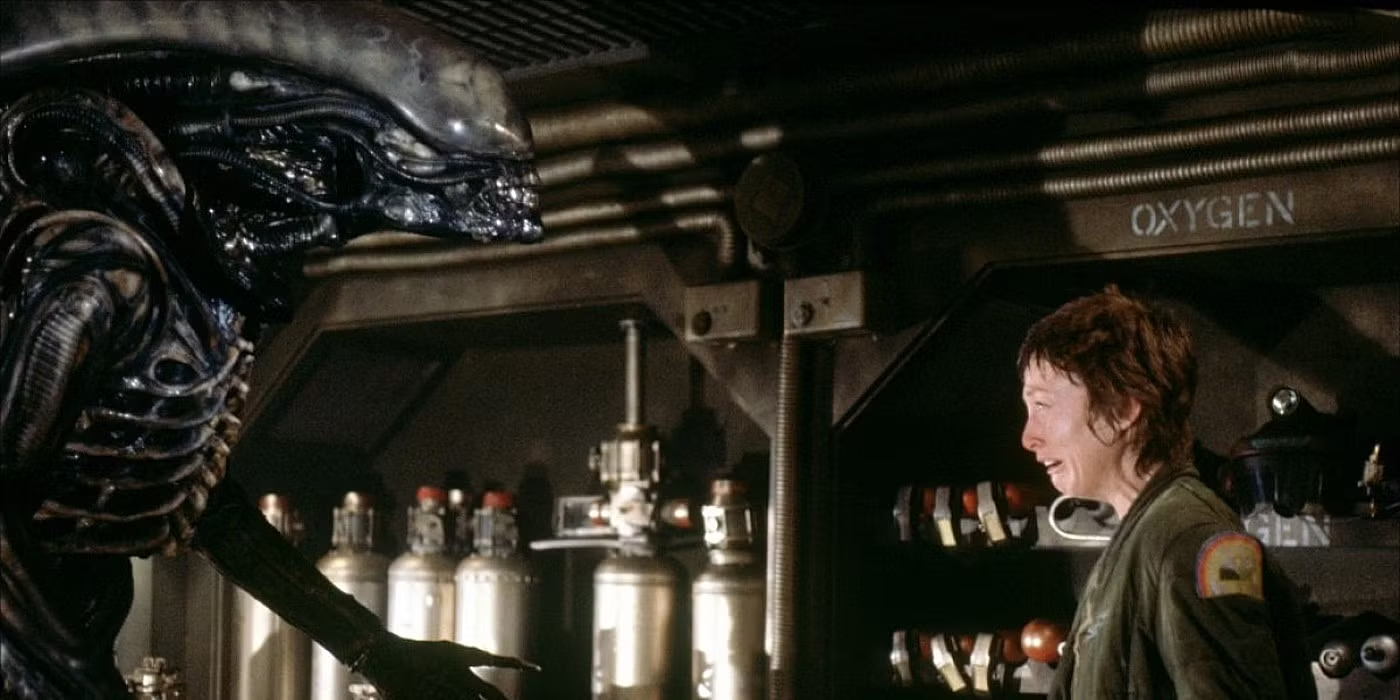Cinefex № 1 was the inaugural issue of Cinefex, a magazine dedicated to cinematic special effects, published in March 1980. This seminal issue featured in-depth articles on two landmark science fiction films: Star Trek: The Motion Picture and Alien. Established by Don Shay as editor and publisher, Cinefex billed itself as "the journal of cinematic illusions" and set a high standard for detailed behind-the-scenes reporting on visual effects in film. The first issue included comprehensive coverage of the production challenges, technical innovations, and creative processes involved in bringing these two iconic films to life. {{Pullquote "I wanted it to happen so fast you could never really see it, like a snake when it attacks. I wanted great violence; and I wanted it totally, absolutely lethal. That's the whole reality of a creature like that." — Ridley Scott on the alien attack scene}} {{Pullquote "It was an uphill battle all the way—twenty-four hours a day, seven days a week. Hundred-hour workweeks were not uncommon. Near the end of production, Trumbull admitted to not having had a day off in four months—nor had many of his key personnel." — Regarding the intense schedule to complete Star Trek's effects}}
Table of Contents
Cinefex № 1 contained the following major articles:
- "Into the V'ger Maw with Douglas Trumbull" — An extensive interview with Douglas Trumbull, director of special effects for Star Trek: The Motion Picture — Page 4
- "Creating an Alien Ambience" — An article by Don Shay on the artistic and technical creation of Alien — Page 34
- Front Cover: "Breaking the light barrier in Star Trek: The Motion Picture"
- Back Cover: "The final confrontation from Alien"
Editorial Team and Contributors
The inaugural issue was brought to life by a small but dedicated team:
- Editor & Publisher: Don Shay
- Associate Editor: S.S. Wilson
- Circulation Manager: JoDyne Duncan
- Editorial Consultant: Robert P. Everett
- Editorial Services: Ann Dredla
The photography was credited to Virgil Mirano for the Star Trek special effects unit, and Bob Penn for the Alien production unit. Additional acknowledgments were given to Charles Lippincott and Pat Miller.
Cover and Featured Content
The front cover featured an image described as "Breaking the light barrier in Star Trek: The Motion Picture," while the back cover showcased "The final confrontation from Alien." The magazine was published in a large format that allowed for detailed examination of visual effects work, with numerous behind-the-scenes photographs documenting the production process.
Featured Articles
"Into the V'ger Maw with Douglas Trumbull"
This extensive interview with Douglas Trumbull, conducted by Don Shay, details Trumbull's involvement in salvaging the troubled production of Star Trek: The Motion Picture. The article reveals that Trumbull initially declined involvement with the project but was later brought in with only nine months remaining before the film's premiere, after the original effects unit (Robert Abel and Associates) was dismissed. Key points covered in the interview include:
- The organizational and technical shortcomings that led to the original effects team's dismissal
- Trumbull's redesign of major effects sequences
- The extensive research and development effort required
- The crushing workload (with crew members working hundred-hour weeks)
- Specific techniques employed to achieve the film's most spectacular visual effects
- The final race against time to complete nearly 500 effects shots—more than any previous film—with the final composite print only being completed the day before the premiere The interview provides detailed technical explanations of effects techniques including:
- Motion control photography
- Multiplane exposure techniques
- Cloud effects
- Starfield and warp drive effects
- Matte paintings
- Model construction and photography
"Creating an Alien Ambience"
The second major article, written by Don Shay, explores the creation of the groundbreaking film Alien, with particular focus on the design and execution of the alien creature and environments. The article includes insights from numerous key contributors including:
- Ridley Scott (Director)
- H.R. Giger (Designer)
- Dan O'Bannon (Screenwriter)
- Brian Johnson (Special Effects)
- Nick Allder (Special Effects)
- Carlo Rambaldi (Creature Mechanization)
- Roger Dicken (Creature Effects)
- Michael Seymour (Production Designer) The article traces the development of Alien from its conception by screenwriter Dan O'Bannon through its production challenges and innovative visual design. It details the creation of the film's three alien forms (face-hugger, chest-burster, and full-grown alien), the spacecraft designs, and the various environments that helped establish the film's distinctive aesthetic.
Photography and Artwork
The magazine contains numerous production photographs from both featured films, including:
- Behind-the-scenes images of model photography for Star Trek
- Shots of Douglas Trumbull and his team at work
- Images of the Enterprise model and other spacecraft
- Documentation of the special effects techniques employed
- Production photographs from Alien showing H.R. Giger's designs
- Images of the alien creature in various stages of construction
- Behind-the-scenes shots of the cast and crew during filming of key sequences
Commercial Aspects
The magazine was priced at a subscription rate of four issues for $12, with foreign subscriptions payable in U.S. funds only. Dealer rates were available upon request. It was printed by R.B. Graphics in Riverside, California, with typesetting by Creative Concepts, also in Riverside.
Reception and Impact
Cinefex № 1 helped establish a new standard for in-depth coverage of visual effects in cinema. The magazine arrived at a pivotal moment in film history, just as the special effects industry was undergoing a revolutionary transformation following the success of films like Star Wars and Close Encounters of the Third Kind.
Cultural and Historical Significance
Cinefex № 1 represented one of the first serious, in-depth publications dedicated to the art and craft of special effects in film. Its detailed technical explanations and behind-the-scenes perspectives provided unprecedented insight into the rapidly evolving field of visual effects during a transformative period in cinema history. The magazine's focus on two significant science fiction films of the era—Star Trek: The Motion Picture and Alien—captured a moment when visual effects were becoming increasingly sophisticated and central to mainstream filmmaking.

